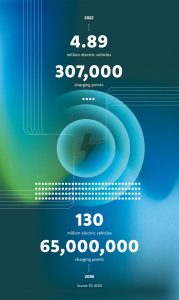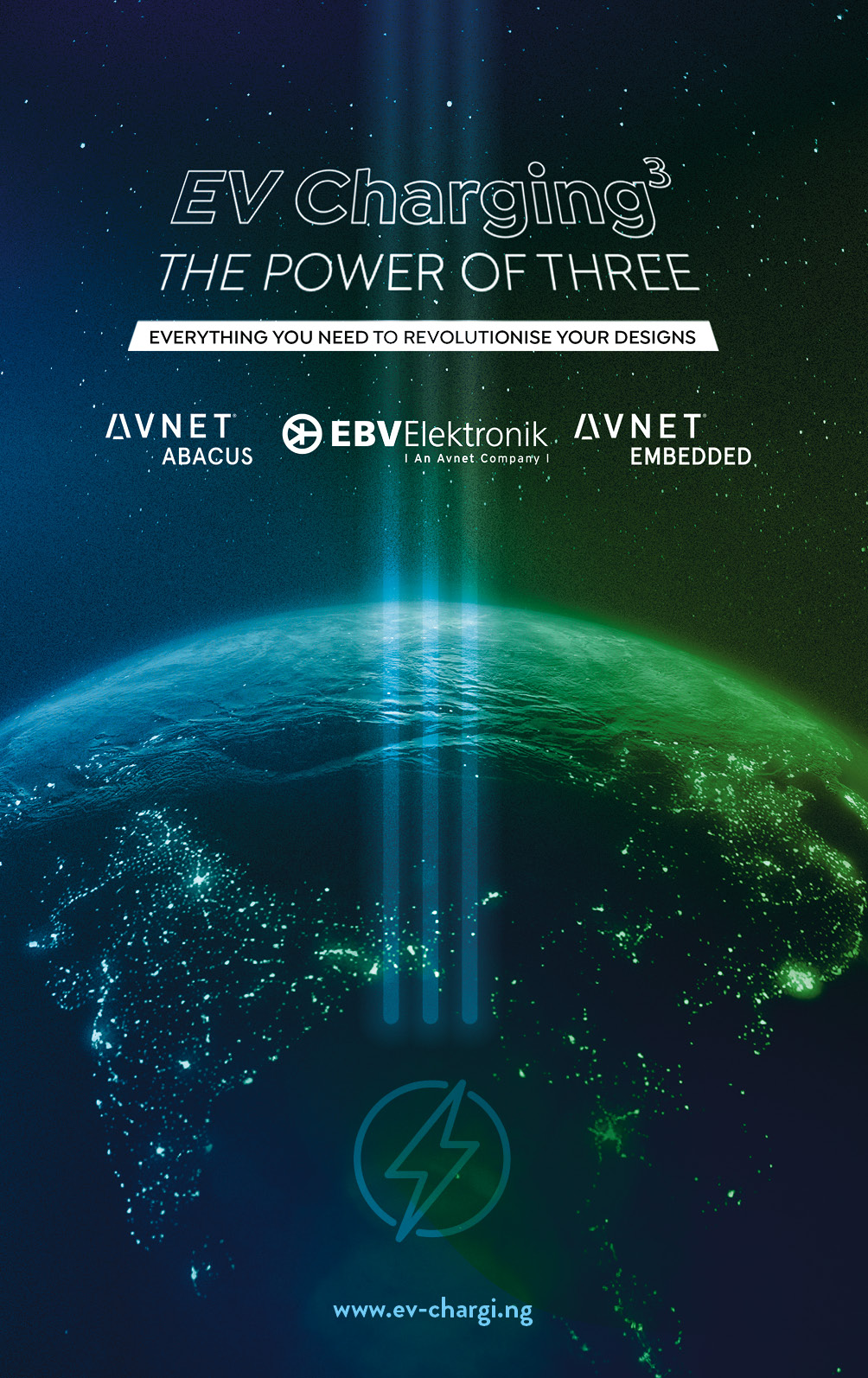Electric vehicles are conquering the mass market. More and more people are being won over by the many advantages they offer. But to keep up this enthusiasm, sufficient charging options must be created.
In their sustainable and smart mobility strategy published in 2020, the EU Commission set the milestone of at least 30 million emission-free vehicles by 2030 and the target of a largely zero-emission vehicle fleet by 2050.
Electric vehicles are in greater demand than ever before
Whilst initially these figures may have seemed unrealistic, the latest EY Mobility Consumer Index removes all doubt. Randy Miller, EY Global Advanced Manufacturing & Mobility Leader says:
“These findings truly mark a tipping point in the global car-buying market. For the first time since EY teams have been collecting this data, more than 50% of consumers across the globe indicate that they want an EV. The speed of this change has also been eye-opening, with a rise of 22 percentage points in just two years.”
While today electric vehicles comprise only 1.5 per cent of the total European fleet of 326 million vehicles, analysts at EY predict that the amount will increase to 65 million vehicles by 2030, and double to 130 million by 2035.
Playing catch-up with the expansion of charging infrastructure
Enric Asunción, Co-Founder and Chief Executive Officer of charger and energy management provider Wallbox, says:
“Mass market adoption of electric vehicles is here, and with this comes a need for significant expansion of charging infrastructure, starting in the home. At Wallbox, we believe that ubiquitous access to affordable, efficient, and optimised EV charging is a critical part of the transition to electric vehicles.”
EY has calculated that by 2035, at least 65 million charging points will be required across Europe – nine million public and 56 million private.
According to car manufacturer association ACEA, the number of charging points installed in Europe is currently 307,000, which shows how much catching up there is to do.
Charging as easy as refuelling
Justin Kolbe, Director of Market Strategy for Power and Industrial Automation at Henkel, has commented on the need for consumer-friendly access to charging devices: “Charging needs to be as convenient as refuelling at the pump,” he says. Henkel provides special materials for chargers.
These offer robust operating performance, a long service life of the components, and protection against tough conditions and use. “Consumers, while all-in on the benefits of EVs, will only maintain this enthusiasm if the ability to use them – for short or long journeys – is made simple and reliable.
Expanding the charging infrastructure cost-effectively with reliable systems is key.”




